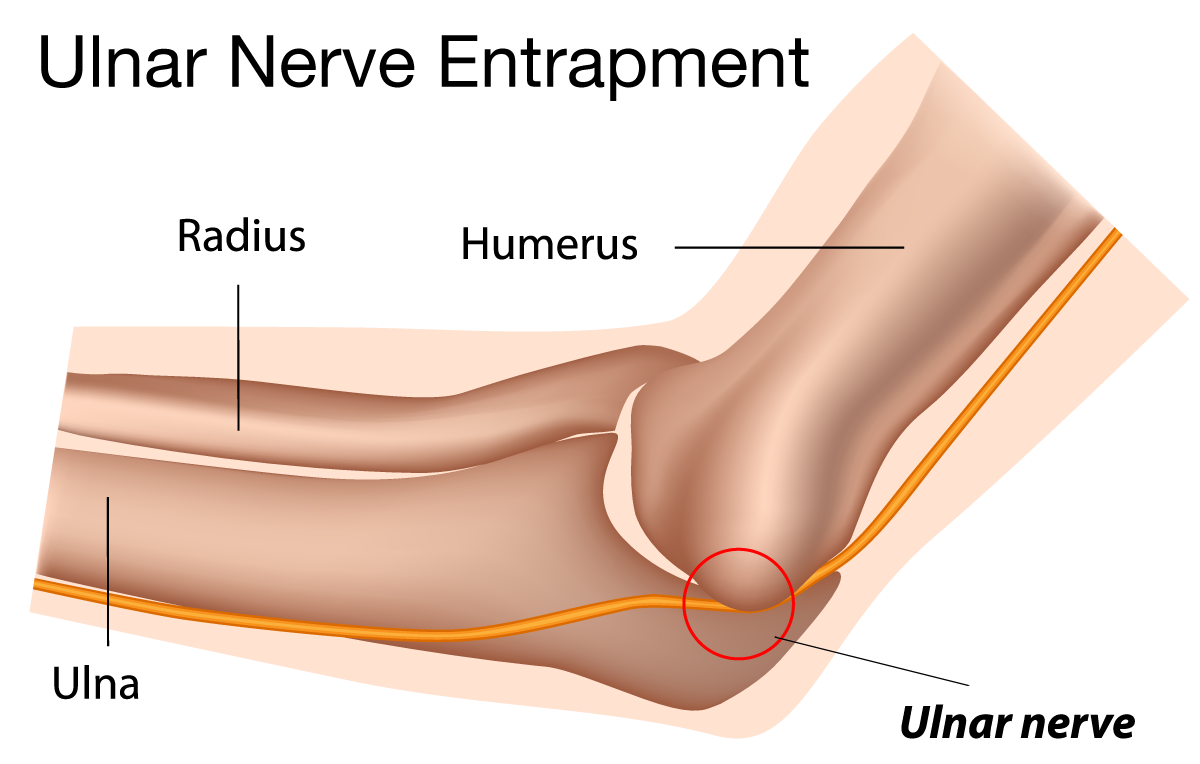 The ulnar nerve is one of the three main nerves in your arm, traveling from your neck down into your hand. Over time, this never may become entrapped at the elbow, resulting in numbness, weakness, and tingling in your hands, particularly in the pinky and ring finger side of the hand. The condition is also known as ulnar nerve entrapment and cubital tunnel syndrome.
The ulnar nerve is one of the three main nerves in your arm, traveling from your neck down into your hand. Over time, this never may become entrapped at the elbow, resulting in numbness, weakness, and tingling in your hands, particularly in the pinky and ring finger side of the hand. The condition is also known as ulnar nerve entrapment and cubital tunnel syndrome.
Our Milwaukee, WI practice can perform hand and wrist surgery to help treat ulnar nerve compression. Let’s go over the basics of the condition and how our team can help you.
Causes of Ulnar Nerve Compression
Some of the most common causes of ulnar nerve compression include:
- Keeping your elbow bent for long periods of time
- Leaning on your elbow for long periods of time
- Sleeping with your elbows bent
- Trauma to the inside of the elbow
Risk Factors of Ulnar Nerve Compression
The following can increase your risk of experiencing ulnar nerve compression:
- Previous fracture or dislocation affecting the elbow
- Arthritis and bone spurs of the elbow
- Cysts around the elbow
- Swelling around the elbow
- Activities that place repetitive stress on the elbow
Symptoms of Ulnar Nerve Compression
The most common signs and symptoms of ulnar nerve compression include:
- Numbness and tingling of the hand, particularly the ring and pinky fingers
- Sensation of your hand falling asleep, particularly when your elbow is bent
- Weakening of your grip strength
When Is Ulnar Nerve Release Surgery Necessary?
Ulnar nerve release is recommended when patients do not respond to non-surgical treatments, such as the use of a brace and/or use of non-steroidal anti-inflammatory medications. During a consultation, we will take x-rays and make other checks to ensure the surgical procedure is right for you and your needs.
The Ulnar Nerve Release Procedure
Ulnar release surgery is performed with a patient under sedation and local anesthesic to minimize pain and discomfort. General anesthesia is usually not required.
An incision is made along the inside of the elbow, allowing the surgeon to access the ulnar nerve, which is surrounded by a protective sheath known as the ulnar tunnel. The ulnar tunnel is cut and divided to ease the pressure placed on the nerve. The entire surgical procedure will typically take between 30-45 minutes.
Recovering from Ulnar Nerve Release
After ulnar nerve release, patients will usually be able to go home the same day as surgery. A splint or brace may be worn to help keep the elbow steady and promote proper healing. Patients are asked to keep their arm elevated and to avoid strenuous activities that could put strain on their arm.
Patients will usually undergo some physical therapy following surgery in order to restore full strength to the elbow and hand.
The Results of Ulnar Nerve Release
By the end of surgical treatment and physical therapy, patients should no longer experience problems with their hand and elbow. The surgery provides effective and much needed relief of the symptoms noted above.
Learn More About Hand and Elbow Surgery
For more information about treating problems affecting the use of your hand, arm, or elbow, be sure to contact our surgical center today. Our entire team is here to help you experienced restored health and wellness.








